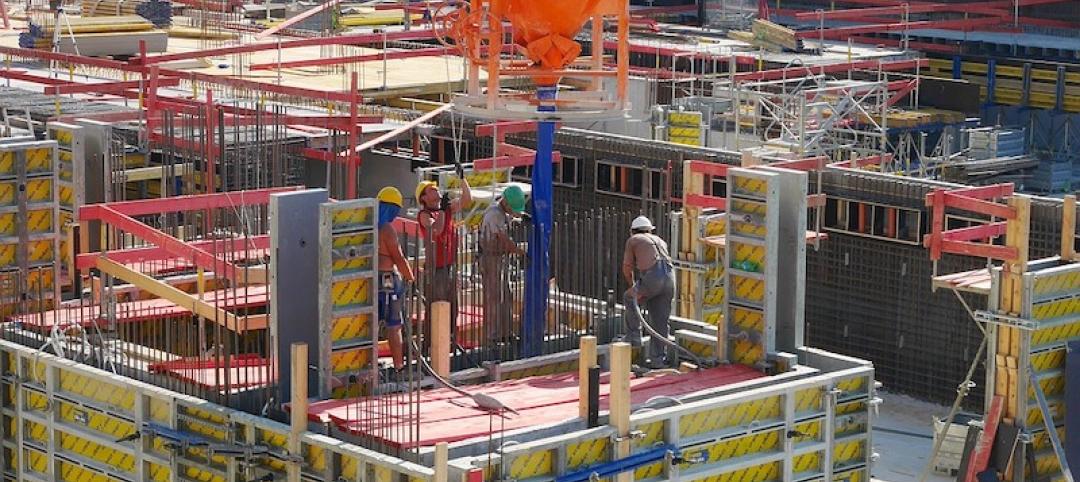The Appropriations Committee of the U.S. House of Representative voted to cut about $3 billion from the military construction budget for FY 2015 when compared to FY 2014 funding levels.
The Army would see the sharpest cuts on a percentage basis, with a $578 million, or 52% reduction in FY 2015. However, a provision in the bill provides the Army, Army National Guard, and Army Reserve Accounts an additional $245 million for use and disbursement at the discretion of the Secretary of the Army.
The Naval Facilities Engineering Command (NAVFAC) program, encompassed in the Navy and Marine account, would see a $631 million, or 39%, cut in FY 2015.
The Veteran’s Administration, also impacted by this budget proposal, would be funded at the same level as in FY 2014 ($1.057 billion). The funds for FY 2015 would be evenly split between the two primary VA construction accounts.
The VA’s Major Construction Account—for projects over $10 million—would increase from $342 million in FY 2014 to $561 million in FY 2015. The Minor Construction Account—for projects below $10 million—would decrease from $714 million to $495 million.
The House bill figures are identical to the president’s FY 2015 budget request.
(http://news.agc.org/2014/04/25/house-panel-approves-fy-2015-milconva-funding/)
Related Stories
Codes and Standards | Jun 27, 2019
Construction workers need continuous skills upgrades
A report by Autodesk and Deloitte focuses on how workers can succeed in an automated world.
Codes and Standards | Jun 27, 2019
Updated standard for liquid applied flashing for exterior wall openings released
AAMA document establishes minimum performance requirements.
Codes and Standards | Jun 27, 2019
Public restrooms being used for changing clothes, phone conversations, and 'getting away'
About 60% of Americans use a public restroom one to five times a week, according to the latest annual hand washing survey conducted by Bradley Corporation.
Codes and Standards | Jun 21, 2019
Green Globes 2019 accepted as a revised American National Standard
Advances include language on resilience, life cycle cost analysis, moisture control analysis, health, and effectiveness.
Codes and Standards | Jun 14, 2019
Reports from Intl. Code Council focus on expanding use of shipping containers as building materials
Three companies show compliance for using containers for housing.
Codes and Standards | Jun 13, 2019
Report explores potential for rope-less and multidirectional elevators in tall buildings
Technology can enable cities to be more interconnected, efficient, and accessible.
Codes and Standards | Jun 12, 2019
USGBC-LA launches Net Zero Accelerator
Goal is to enable building tech market adoption for a net positive future.
Codes and Standards | Jun 11, 2019
BREEAM USA In-Use standard to be released this fall
Will expand to include residential and multifamily for assessment and certification.
Codes and Standards | Jun 10, 2019
Intl. Code Council releases Natural Disaster Preparedness Guide
Provides tips for staying safe during and after a hurricane or severe weather.
Codes and Standards | Jun 7, 2019
Market conditions indicate slower growth in industrial real estate sector
E-commerce, market oversupply, rising interest rates to dampen hot market.

















